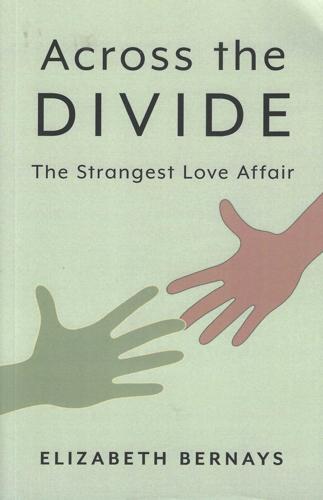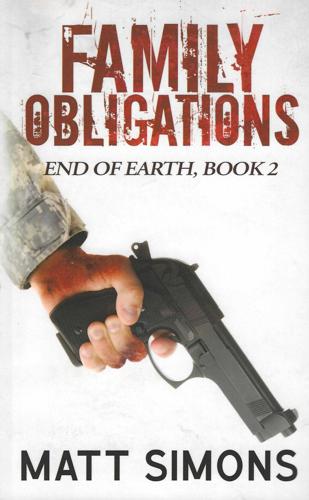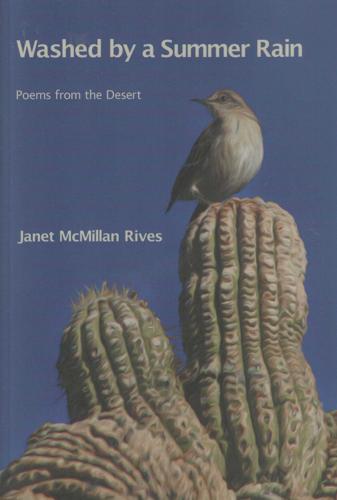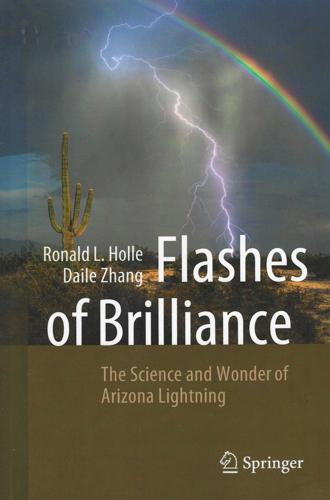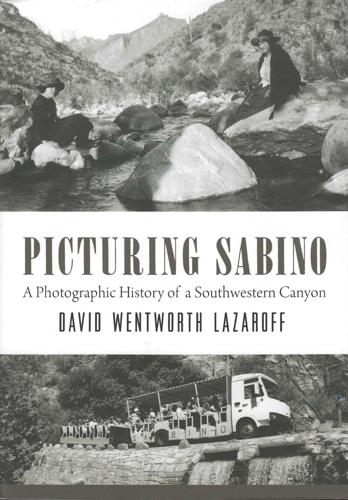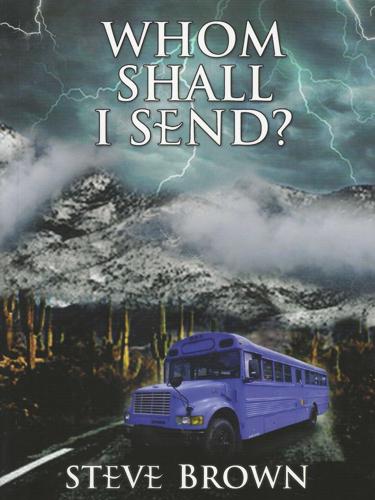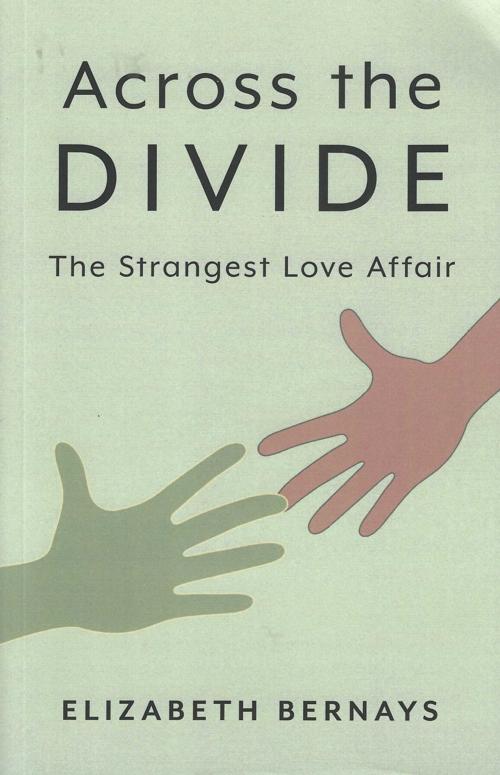“Across the Divide: The Strangest Love Affair” by Elizabeth Bernays. Wheatmark. 235 pages. $12.95 paperback.
So, what would a properly-reared Australian scientist with two PhDs want with an eighth-grade dropout from Texas who third-persons her first-person verbs (“I loves you, babe”)?
That’s what this memoir is about.
Elizabeth Bernays, a University of Arizona Regents Professor Emerita in entomology, was grieving the death of her soulmate and husband Reginald Chapman when she attended a grief session for lesbians in Tucson, and met Linda Hitchcock. That Linda was still married to the man she’d known since childhood only mildly complicated the relationship Bernays and Linda embarked on. He was understanding and supportive.
Soon Linda was splitting her time between husband John, in an RV resort, and lover Bernays in Bernays’s foothills home. What Linda and John had in common was a history together, love for vehicles, TV and fishing. What Linda and Bernays have in common was … not much. Linda liked TV and sports; Bernays, reading and opera. ADHD Linda had the attention span of a housefly; Bernays could spend hours patiently observing caterpillars. Linda was gregarious; Bernays liked solitude. What held them together was Linda’s childlike enthusiasms (“I’m an adult toddler”) for new things — which Bernays could introduce her to, particularly from the natural world — and Linda’s joking, non-stop, malaprop-laced commentary on the world they encountered.
The memoir explores how opposites can complement.
Reflective of Bernays’s UA MFA in creative nonfiction, “Across the Divide” is thoughtful, narratively engaging, and — as was her splendid previous memoir “Six Legs Walking: Notes from an Entomological Life” — rich with descriptions and explanations of the natural world.
— Christine Wald-Hopkins

“Family Obligations” by Matt Simons. Independently published. 254 pages. $11.99.
The suggestion in this second “End of the Earth” sci-fi thriller by Tucsonan Matt Simons is that family can be destiny: The son of a drug dealer will become a drug dealer. Or not. The son of a Marine will become a Marine. Or not. In any case, aiding and abetting — or attempting to avert — the destruction of life on Earth will involve those “family obligations.”
Simons braids together narratives of two main characters in this novel: Angel Molina, a drug dealer’s son, and Bartholomew (Barry) Kane, a Marine Colonel’s son — 14 and 18 years old, respectively, as the book opens. Angel is incarcerated in juvenile detention for delivering his father’s product (father wasn’t caught), and Barry is trying to escape his father’s iron discipline and enjoy the end of high school.
Angel is about to be released from juvie, but before he goes, another inmate, Jason, shares a secret with him. Jason is from the future, he says, and Angel is destined to save the world. The secret to unlocking a portal to parallel universes is in his red notebook, which he entrusts Angel to take and act on. Barry, meanwhile, resists the family tradition of the Marines, but joins the Army so he can be a Ranger (“Kanes are killers,” after all.) And the action takes off — Angel to try to open a wormhole, and Barry training to kill.
Lurking behind them is a malevolent force in the form of bald, red-eyed Yabechun, who orchestrates global political power and whose ambitions reach to power beyond Earth’s limits. Angel’s and Barry’s talents are irresistible to him.
You grow to care about Simons’s young protagonists and justifiably worry about them. There’s plenty of suspense and bloody action in the book. And — as you can guess — “End of Earth, Book 3” is in the hopper.
— Christine Wald-Hopkins

“Washed by a Summer Rain: Poems from the Desert“ by Janet McMillan Rives. Kelsay Books. 48 pages. $17.
There’s a luminous transparency in these spare poems, through which you get a glimpse of the poet’s life. In her pieces, retired economics professor Janet McMillan Rives is a gardener, a walker, a birder, an observer of nature, an aficionado of ancient Southwestern culture, an active sympathizer for southern border migrants.
The gardener appears throughout (you can visualize her backyard), for example, in “Replenished:” “Out of nowhere/ rain cascades off eaves/ into cisterns// drenches salvia, honeysuckle,/ wild Mexican petunia// pours into clay pots/ holding vinca, verbena, ice plant.” While most of the poems are cast in a warm light, “On a Morning Walk” captures a house — and family — in disrepair: “A crumpled tissue, caught/ on a low bush, holds/ the dried tears of a neighbor/whose sorrow lives on.”
And the migrant sympathizer? From (memorial) “Procession:” “How much time does it take/ to cross the border/if you are blue-eyed and blond? /No time. And if you’re not?…
“I lay down my cross
Alicia Juanita Moreno
8/6/1964-2/20/2003
Presente”
Affecting.
— Christine Wald-Hopkins

“Flashes of Brilliance: The Science and Wonder of Arizona Lightning” by Ronald L. Holle and Daile Zhang. Springer. 249 pages. $24; $22.80, Kindle.
“You can’t reside here and not love lightning,” observes editorial cartoonist David Fitzsimmons. The authors of this highly instructive volume couldn’t agree more, so they included a lively, monsoon-themed Fitz cartoon, originally published in the Arizona Daily Star in 2009. They weren’t going for levity; rather, the cartoon illustrates many of the elements related to thunderstorms that they discuss in depth, from a distinctly Arizona perspective.
Holle and Zhang, who have extensive experience in lightning research, are quick to point out that, despite the fact that the first lightning detection network originated at the UA and had global impact, Arizona is not the “lightning capital of the US” — it falls somewhere near the middle of the pack, state-wise. But it is unquestionably the “lightning photography capital of the US,” and the whys and wherefores of topography, altitude, scenery and, of course, the monsoon, are examined at some length to demonstrate why. Photographers will be pleased with the insights displayed here.
It’s not just about photography, however. The text, organized in a highly readable manner for meteorology-curious laymen, starts with practicalities, including how lightning is spelled (and often misspelled) and some facts and falsehoods (lightning can strike twice in the same place, and carrying your cell phone in a thunderstorm will not endanger you). Cloud formations, types of lightning and lightning behavior — with stunning photographs — follow, as does a fascinating chapter on Indigenous beliefs and artwork related to lightning.
The next time you settle in for an Arizona monsoon light show, you’ll want to have this book with you.
— Helene Woodhams

“Picturing Sabino: A Photographic History of a Southwestern Canyon (Southwest Center Series)” by David Wentworth Lazaroff. University of Arizona Press. 456 pages. $21.10, $19.95 Kindle.
This enthralling compendium of photographs, brilliantly curated by Tucson writer and photographer David Wentworth Lazaroff, bears witness to the evolution of Tucson’s iconic desert oasis from 1880 to 1985.
Lazaroff has authored several books about the Sonoran Desert, including two about Sabino Canyon’s biodiversity. With “Picturing Sabino,” he considers the human element, and the result is cultural history at its best. With 1880 as a starting point — a watershed year when the railroad arrived in Tucson — he examines how the denizens of the tiny, distant Old Pueblo “discovered” this natural wonder and their subsequent interactions with it over the decades as the city grew into a bustling metropolis and the canyon into a well-loved recreational area.
With the photographs providing the framework, the book is divided into four chronological sections in which Lazaroff ably shows how external events and changing styles impacted (for good or ill) how the canyon was used. The photos are captivating for what they reveal about bygone times — turn-of-the-century outings where young women hike steep trails in ankle-length skirts; encampments of cadets from the University of Arizona when military training was a university requirement; and — perhaps most jarring — photos of a more recent vintage showing the canyon crammed with cars, before they were excluded.
Lazaroff’s easy familiarity with his subject, his scrupulous research and his lively narrative make this a compelling read. As an added bonus, an appendix of photographs, keyed to the pages on which they appear, includes estimated latitude and longitude of the original camera positions — with GPS in hand, readers can take in the current view from the point where the photographer stood.
This is a book to savor, and a welcome addition to any Southwest library.
— Helene Woodhams

“Whom Shall I Send?” by Steve Brown. Published by the author. 253 pages. $19.95. Available in Tucson at Petroglyphs, 160 S. Avenida del Convento.
What do we do with evil? This is the question posed in Steve Brown’s new novel, an allegory wrapped in a high desert thriller.
Friends and family gathered for Thanksgiving at an isolated Arizona ranch are horrified when one of the revelers is murdered. Tensions mount as the guests, marooned by a snowstorm, realize they are trapped with a blood-thirsty killer.
Mystery readers will recognize the elements of a “locked room” mystery — think Agatha Christie or Dorothy Sayers — and the amateur sleuths who emerge are a Baptist minister and a Catholic priest, two Vietnam vets who share a Borderlands ministry. They join forces with an undocumented, asylum-seeking rabbi, and together they attempt to identify and neutralize the murderer. The three may sound a little like a punchline, but their religious vocations are central to Brown’s message about goodness versus the pervasiveness of evil.
The narrative rotates among them as, summoning their faith reserves, they race against time to untangle this web of misdirects, wild accusations and wickedness. The book’s title, “Whom shall I send,” references a question asked by the Lord in Isaiah 6:8-13. For Brown’s protagonists, the answer is “Here am I; send me.”
Now retired, Tucsonan Steve Brown holds a degree in pastoral ministry; in addition to teaching, he has worked as a community organizer. This is the second book in a planned trilogy.
— Helene Woodhams


